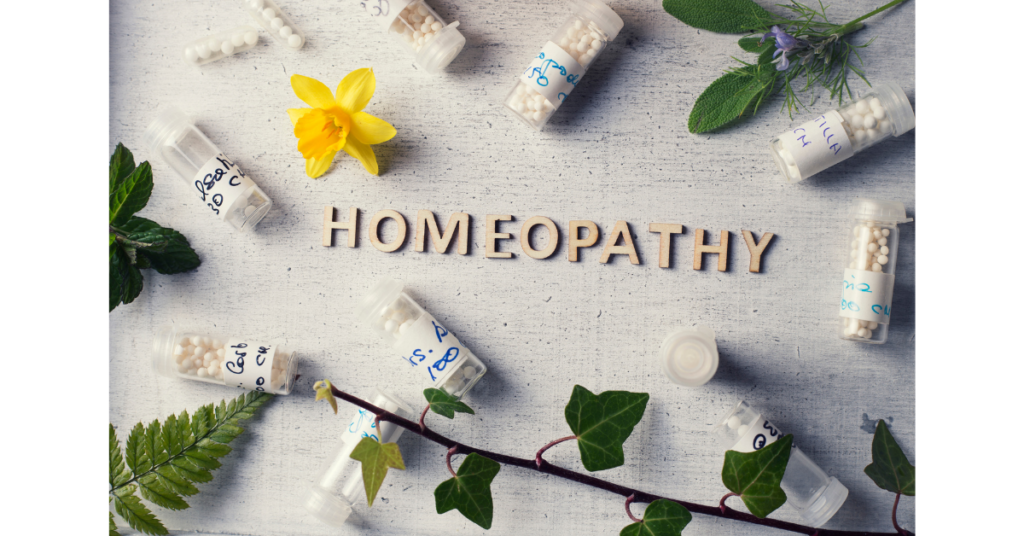Homeopathy
Homeopathy is a system of medicine based on treating ‘like with like’. A person displaying a particular set of symptoms is treated with a carefully chosen substance that if taken by a healthy person would create the same disease process.
This section provides general information on what to expect when you visit a homeopath, as well as explaining briefly how the discipline works. It must be noted, however, that every homeopath works in an individual way, and may subscribe to slightly different theories as to how the practice is carried out. It is always advisable that you ask to see relevant qualifications and discuss the treatment offered to you by the practitioner if you are in any doubt whatsoever.
What is Homeopathy?
It is believed that the body has a vital force – an energy that regulates the body – running through it, and homeopathic remedies are used to stimulate this. According to homeopathy, if the vital force is below par then illness can occur. Symptoms that appear when we are ill are seen by homeopaths as signs that the vital force is fighting back.
Rather than suppress the symptoms, homeopaths give remedies that stimulate this self-healing process. Working along the principle that you should treat ‘like with like’ or ‘like produces like’, all symptoms are treated with a preparation that would, if taken by a healthy person, induce the ailments seen in the unwell person. For example, if you were to take belladonna you would become quite ill (in fact you would display very similar symptoms to those seen in someone with scarlet fever). Thus, following the laws of homeopathy scarlet fever suffers are given belladonna as a remedy.
If that wasn’t surprising enough, homeopathy also adheres to the principle that the more diluted the preparation the more specific the remedy is.
The remedies derive from plant, mineral, and animal materials, which are chopped and soaked in a mixture of alcohol and water for two to four weeks.
The infused mixture is then strained and the liquid retained. This first stage liquid is called the ‘mother tincture’. One drop of mother tincture is added to 99 drops of alcohol, and the solution shaken (a process called dilution and succussion).
From this solution, one more drop is taken and this is added to 99 drops of alcohol and so on and so on. Finally the required dilution is added to a jar of fructose (sugar) pills. It is these pills that will be given to you by the homeopath. There are various dilutions on offer, with different potencies being used for different ailments and to treat different ‘types’ of people. The person as a whole is taken into consideration.
Main uses
All conditions can benefit from homeopathy.
What to expect when you visit a Homeopath
You will be asked questions relating to your medical history and perhaps that of your immediate family. Lifestyle questions regarding such matters as your dietary habits, sleep patterns, exercise regime, and stress levels will also be put to you, to ensure that a holistic approach is taken.
The practitioner may also carry out a series of tests such as checking your glands, breathing, and blood pressure.
Your first visit will always be longer than subsequent visits since the homeopath needs to draw up a full picture of the person they are treating. Homeopaths often refer to books and this should not to be taken as a sign that they don’t know what they are doing.
Each person is seen as a separate entity and thus needs to be treated in a slightly different way to someone else.
For example, the homeopath may need to prescribe totally different remedies for two people who are suffering from the same condition and displaying practically identical symptoms, and for this they need to refer to texts.
It is believed that the body heals from the inside out and so deep-seated conditions might give way to minor aliments as the body gets better, so don’t be too concerned if your develop other less serious conditions as you get better – it is all part of the healing process.
You will be advised on how and when to take the homeopathic remedies.
Pills are never taken with food; in fact you should avoid food or drink for 15 minutes before and after taking a remedy.
Some remedies will not work if you are taking other substances such as coffee, camphor, and peppermint. Also, some essential oils used in massage need to be avoided, but your therapist will advise you on this.
History (In Brief)
In ancient Greece, the writings of Hippocrates emphasised the theory of ‘like cures like’.
However, it is the name Samuel Hahnemann that will go down in the history books with regard to homeopathy. Hahnemann started taking small regular doses of quinine, an extract of cinchona bark used to treat malaria, in order to prove the theory of treating ‘like with like’.
He soon developed malaria-like symptoms and noted that the production of these symptoms was the body’s way of combating illness. Thus, it became apparent to Hahnemann that small doses a substance that stimulated the symptoms of an illness in a healthy person could be used to combat that illness in someone who was sick. He took other ‘poisons’ and noted the subsequent symptoms and thoroughly documented his findings.
In the 1920’s, the ‘law of cure’ was developed by Dr Constantine Hering, who explained why disease was cured with homeopathy, whilst Dr James Tyler Kent developed the concept of ‘constitutional types’.
In the UK the practice is very popular, to the extent that it is included in the National Health Service, which was established in the 1948. Its popularity is thought in part to be due to the very positive results that users report.

